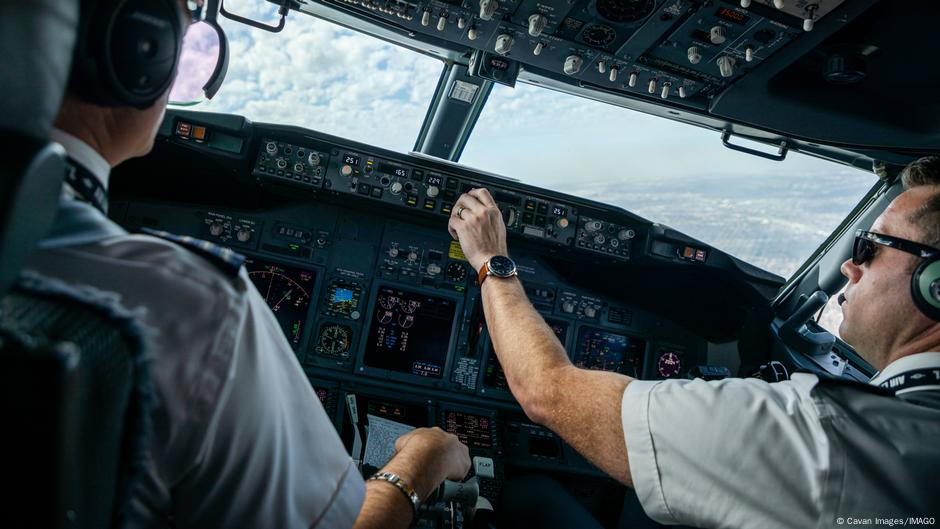Not all advertising is the same: Which channels are preferred by an urban population and which by a rural population? In a current issue of Channel Up, which was produced jointly by Media Central and IFH Media Analytics, the study gets to the bottom of the question.
The use of digital media is already crucial here: at 67%, more city dwellers consume social media at least weekly, while the figure is only 56% of the rural population. “Once again, we have seen that offer communication can only develop its full potential if it is used in a targeted manner and is tailored individually according to geographical characteristics,” says Palle Presting, Team Leader Marketing & Research at Media Central. “That means: Know your customers’ preferences and media reception! This is the only way retailers can make a difference in sales with brochures, apps or radio advertising.”
In the case of food retailing, for example, it becomes clear how behavior in larger cities differs from that in rural regions: the shorter distances to supermarkets and greater competition mean that it is even more important to draw attention to the company through advertising. As a result, around half of city residents, 53%, stated that they perceived an overload of advertising. As a result, many of them are no longer receptive to it (41%). In the more rural region, both numbers are lower: 38% notice an “overload” of advertising, only 27% are no longer receptive to advertising.
While urban consumers search for offers several times a week (56%), the figure in rural areas is only 46%. The most common channels for city dwellers are online sites (53%), brochure apps (45%) and Whatsapp brochures (36%). In rural communities, however, printed brochures are more favored (70%).
The conclusion for the authors of the study is: “The smaller the place of residence, the less relevant digital channels are for offer communication.” Andreas Riekötter, Managing Director of IFH Media Analytics, comments: “Geo-marketing is becoming more and more important in offer communication – it’s worth it take a closer look! In urban areas, digital channels will certainly become more relevant in the future. But be careful! The classic print brochure is still very popular. A local-regional design can also bring added value here. Many consumers want a regional focus in brochures and advertising papers.”





Leave a Reply